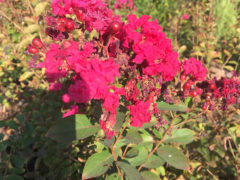
crapemyrtle
Lagerstroemia indica
With striking late season blooms and gorgeous bark, crapemyrtle can be grown as a shrub … Continued
Drought-tolerant and drought-resistant plants may still need supplemental water from time to time, but they can survive periods of dryness without dying.
Drought-resistant plants like cactus, hens and chicks, and sedums can go for very long periods without water and do not tolerate poorly drained locations. Drought-resistant tropical plants grown indoors in winter like cactus, Sansevieria, Echeveria, and other succulents sometimes fail due to overwatering.
Drought-tolerant plants grow in many textures and sizes and have different adaptations that help them get through periods of drought:
The latter two types of plants are drought tolerant once established because any new planting, regardless of drought tolerance, needs to be watered during the first growing season to allow roots to reach the depths needed to access moisture during dry periods.
It’s also important to note that survival may not mean that the plant will look its best during this time. Watering weekly for a longer period of time will result in the best-looking gardens with the highest tolerance for drought. During the hottest, dryest times in summer, watering deeply twice a week is recommended. These less frequent waterings will encourage root systems to expand, making it easier for plants to access moisture when their environment is dry.
Winter drought has become a bigger problem in recent years as snowfall declines. Evergreen plants are especially vulnerable during winter drought because their foliage continues to shed moisture while dormant deciduous plants have shed their leaves and can conserve moisture in woody stems and underground. Watering shrubs and trees in winter on days when the temperature allows (above freezing) will help ensure their healthy return in spring.
Here are some drought-tolerant and drought-resistant plants to grow—

Lagerstroemia indica
With striking late season blooms and gorgeous bark, crapemyrtle can be grown as a shrub … Continued

Lagerstroemia indica 'Whit II'
Sometimes called the “lilac of the South,” new cold-hardy cultivars enable more areas of the … Continued
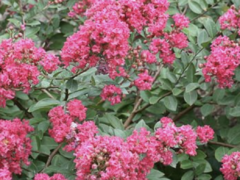
Lagerstroemia Infinitini® Magenta
A strong grower with abundant magenta summer blooms, this dwarf variety can fit into gardens … Continued
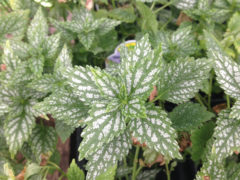
Lamiastrum galeobdolon
‘Herman’s Pride’ has dark green leaves are overlaid with silver veining. Densing mounding plants grow … Continued
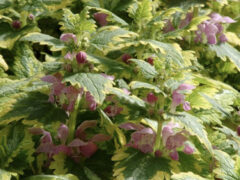
Lamium maculatum
‘Beacon Silver’ is tough yet showy perennial groundcover. This classic selection forms a spreading patch … Continued

Lantana camara
The quintessential southern plant, rewarding high temperatures with copious flowering. ‘Irene’ has unusual yellow, pink … Continued
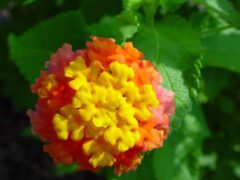
Lantana camara
The most cold-hardy lantana, it is known to survive 0°F. Showy orange blooms give the … Continued
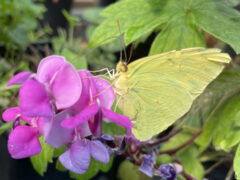
Lathyrus latifolius
A fast-growing, heirloom perennial vine with fuschia, rose, lavender, and white flowers all the summer. … Continued
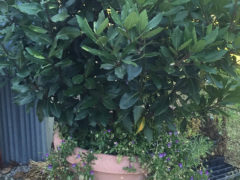
Laurus nobilis
An aromatic evergreen tree or large shrub with shiny green foliage, this Mediterranean native is used as bay leaf for seasoning in … Continued
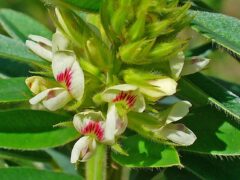
Lespedeza capitata
Commonly found in upland woods, thickets, and prairies, along streams, railroads, and roadsides. Tiny creamy … Continued
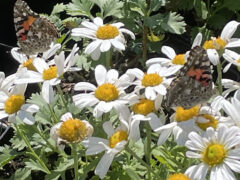
Leucanthemum superbum 'Alaska'
Large, pure white blooms with yellow centers are long-lasting, very hardy and free flowering. These … Continued
Leymus arenarius
Striking metallic blue-gray leaves to 3′. Rhizomatus spreader that is great for banks and erosion … Continued